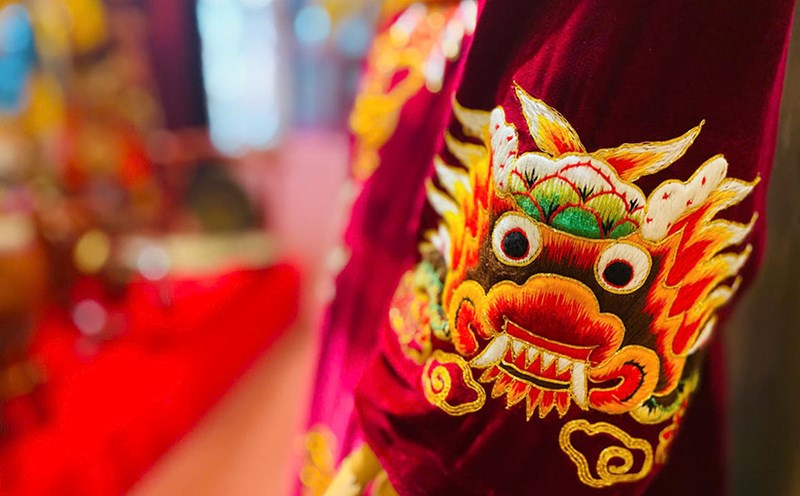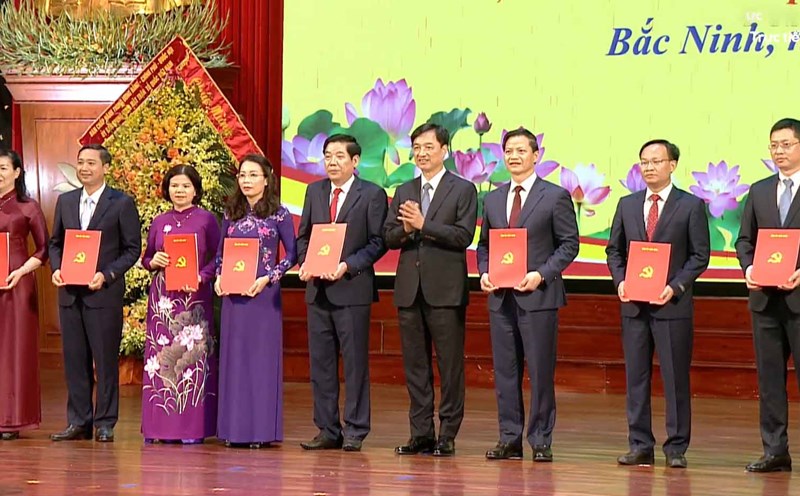This is a fundamental step forward for the goal of sending astronauts to the Moon by 2030. The test took place on the ground with a complex of ships and escape towers launched, reaching the designed height within 20 seconds, then the holdings returned to land in just 2 minutes.
The Mong Chau spacecraft is expected to become the core spacecraft to long-term serve manned space missions, including establishing a space station and conducting flights to the Moon.
After this test, China continues to prepare for the launch of the Truong Chinh 10A missile in 2026. This is a version without 2 Truong Chinh 10 rocket launchers, which can carry 14 tons of cargo or up to 7 people to low Earth orbit and can be reused.
Truong Chinh 10, a more complete version, is capable of bringing 70 tons of goods onto the orbit. China plans to launch three Truong Chinh 10 missiles between 2027 and 2030, the last two of which will land and the Mong Chau to the Moon.
Chinese experts say the landfall is just part of a long-term plan to turn the Moon into a rear yard. After setting foot on the Moon, the Chinese will live, entertain, explore resources and build relationships with other countries through space technology. China aims to develop the ability to create oxygen and exploit water from lunar resources to serve long-term life here.
While China is accelerating progress, the US is expected to return people to the Moon by 2027 with the Artemis III mission. A new space race is underway and China seems to be accelerating.











